READY TO GET STARTED?
REQUEST A FREE ESTIMATE
Fill out the form below or call (336) 226-1448 for a free, no-obligation estimate.
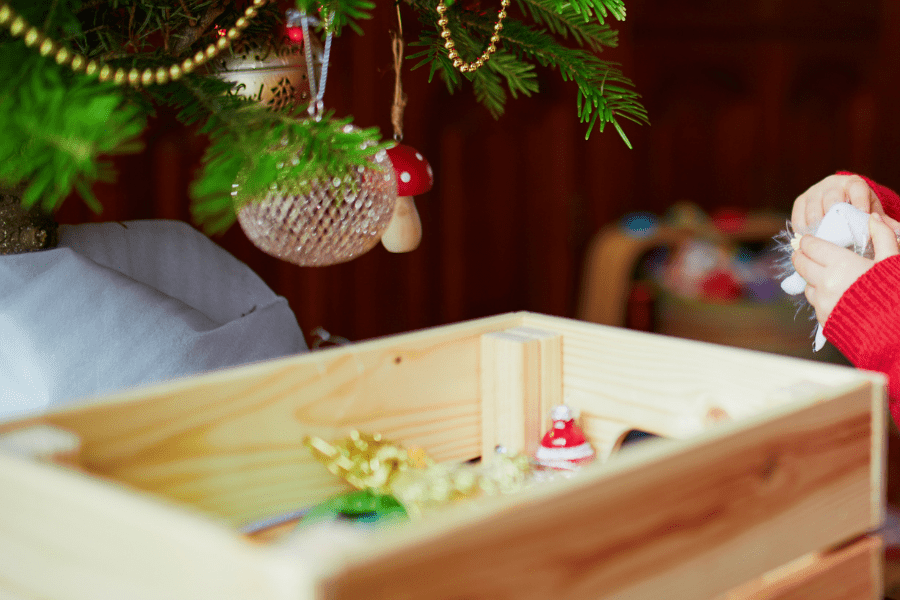
With the holidays here, it’s time to take all the decorations out of storage and make the house jolly again! Hopefully, you aren’t discovering pests in your storage of choice. There are some ways to ensure that pests cannot get a hold of your holiday decorations; let’s break it down:
Enjoy a pest-free holiday season with these easy DIY pest control tips. If the problem is bigger than you can handle, be sure to reach out to your local pest control company, and they will be able to provide a free inspection.
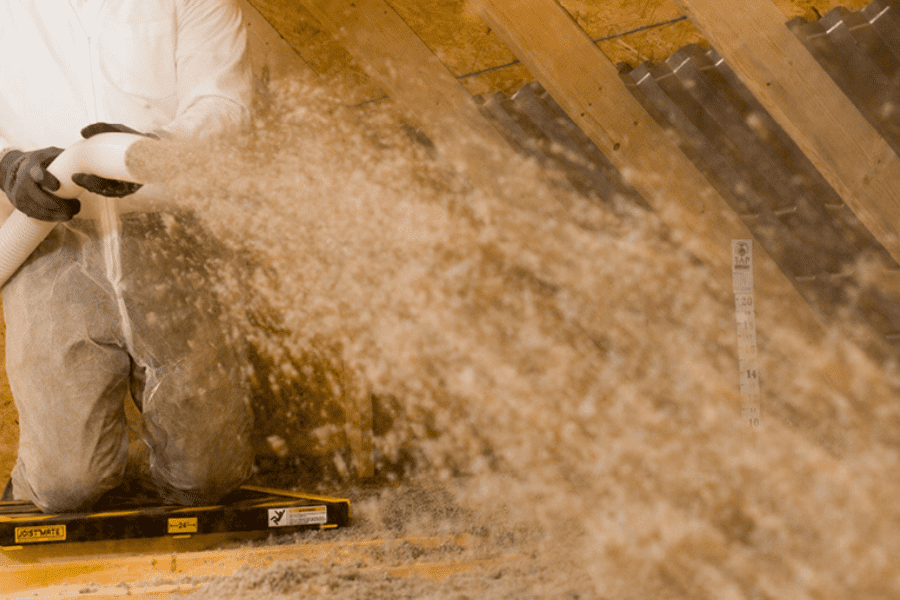
Getting your attic prepared for cooler weather doesn’t have to take a lot of time or money. You don’t want to see an increase in your heating bill, but it is possible if you don’t take the correct precautions for your attic’s insulation. Here are some tips to ensure your attic is in top-notch shape:
When your attic is poorly insulated, it allows moist air to become trapped, which can cause problems like mold and wood rot. If your attic is already properly insulated, inspect it often for damage from pests or wildlife. Likewise, keep an eye out to ensure that the insulation hasn’t moved out of place, as this can cause your energy bill to spike.
While inspecting your attic, take the time to check for holes or cracks throughout the space that are connected to your living space, as it will allow air to escape. The tiniest hole will cause your HVAC system to work overtime, causing an increase in your energy bills. The best way to find holes in your attic is to inspect during the daytime when the light shines through the cracks. The easiest way to mend these holes or cracks is to seal them with caulk.
When you allow pine needles and leaves to pile up on your roof, they can trap water. Over time, the pine needles can break down the roofing material and cause leaks in your attic. Once water enters your attic, it’s only a matter of time before the water enters your main living space.
If you believe you need to replace your attic’s insulation, consider calling and scheduling a free inspection to experience a warmer and pest-free home for the winter.
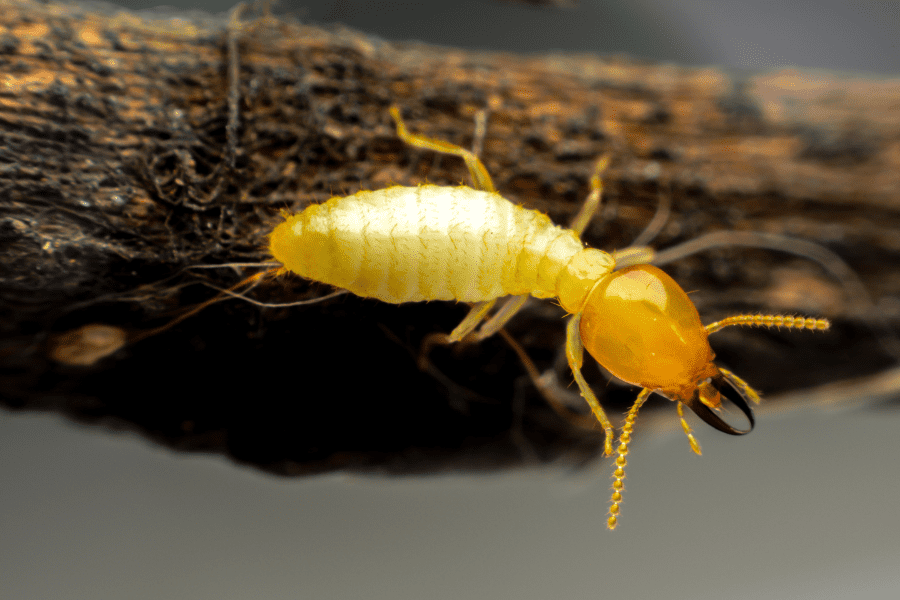
Termites can be active well into the fall and winter months. They will typically find themselves digging a little deeper to keep warm. If they make their way into your home, then they don’t have a need to burrow deeper, as your home is already providing enough warmth for the winter.
Continuing termite control into the cooler months will help to protect your home up until spring begins again. Be sure to keep up with termite control to lessen the chance of termites swarming in the spring and summer months.
Regardless of the season, there are common signs of termite infestations to look for in your home, including:
If you suspect you have a termite problem or want to stay proactive against them, reach out to your local pest control company to receive a free termite inspection and discover the best plan of action perfect for you and your home!
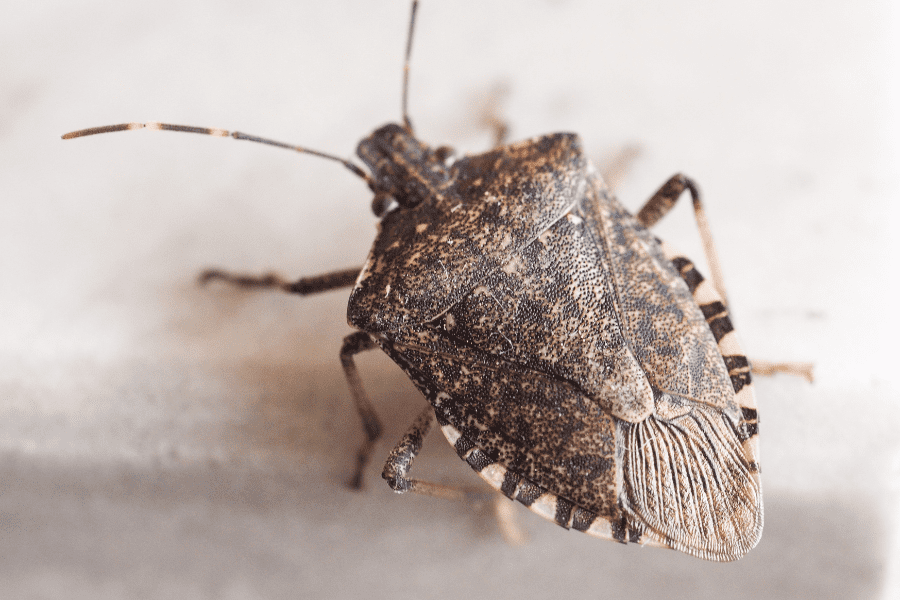
A common term used to describe pests and how they survive the colder temperatures is overwintering. These types of pests will often seek warmth and shelter in homes and buildings because of the comfort they offer. Overwintering pests don’t cause any harm to you or your home but can become a nuisance if they begin to infest. Here are some common overwintering pests and some easy do-it-yourself tips to keep them outside of your house.
Lady Bugs
These well-known pests are harmless and are deemed beneficial. They will often consume plant-eating insects such as aphids, mites, and scale insects, all of which can harm crops and plants in gardens; although, if you find lady bugs invading your home, they can become difficult to get rid of.
Boxelder Bugs
This type of overwintering pest is considered a little more aggressive than others. If they puncture your skin, it can cause a slight irritation, but nothing to worry about. Other than that, boxelder bugs are harmless, but can become a nuisance if they choose to infest.
Stink Bugs
These pests can infest homes in large numbers, especially beginning in the fall time. Stinkbugs are attracted to your home due to the warmth that it provides. They can usually find their way indoors through any exterior entry points.
Overwintering Pest Prevention
Keep your home protected this winter with these tips for preventing overwintering pests:
If you begin to see an overabundance of overwintering pests, then reach out to your local pest control company to create a customized plan of action.
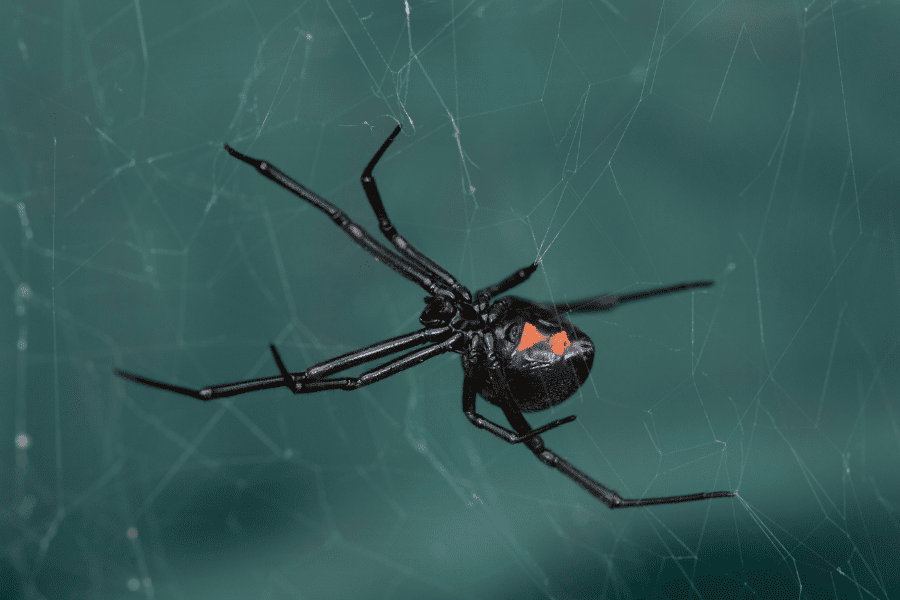
Due to the moderate weather found in North Carolina, spiders are able to thrive. With many different species of spiders living in the state, only two are found to be harmful to humans. The two associated with biting humans are the black widow and the brown recluse. If not cared for correctly, a bite from these spiders can result in death. Luckily, it’s very rare to be bitten by these two arachnids. You’re bound to encounter many other species, let’s break down the popular spiders found in North Carolina.
Black Window
The black widow spider is one of the most venomous spiders in North America. They have a shiny, black body with a red hourglass shape on their underside. They usually live in woodpiles, under rocks, or around homes, and are sometimes found in garages. They will, unfortunately, bite humans if they feel threatened, but luckily their venom isn’t life-threatening to most people.
Brown Recluse
This well-known venomous spider is found in most southern states and North Carolina is one of its home states. They appear light to dark brown and have a violin-shaped marking on their head. Mostly found living in woodpiles, under rocks, or around homes, they tend to stay away from people, hence their name, and prefer dimly lit areas, such as basements or attics. They are typically not aggressive and will only bite if they feel threatened.
Wolf Spider
These spiders are common here and can be found living under rocks, in tall grass, or near our homes. They are dark brown with white markings on their heads and abdomens. They are known to be one of the larger species found in homes, growing up to two inches long. Their bites are harmless, and it will usually only happen if they feel threatened.
Cellar Spider
Being one of the most common spiders found in North Carolina, these small, long-legged creatures can grow up to one inch long. They appear to have a dark brown body with light yellow markings on their abdomen. They can live indoors and outdoors. They are known to be a more beneficial type of spider to keep in your home because they keep populations down of other pests, including other spiders.
If you think you have a spider problem evolving in your home, feel free to reach out to your local pest control company and we can create a customized solution.